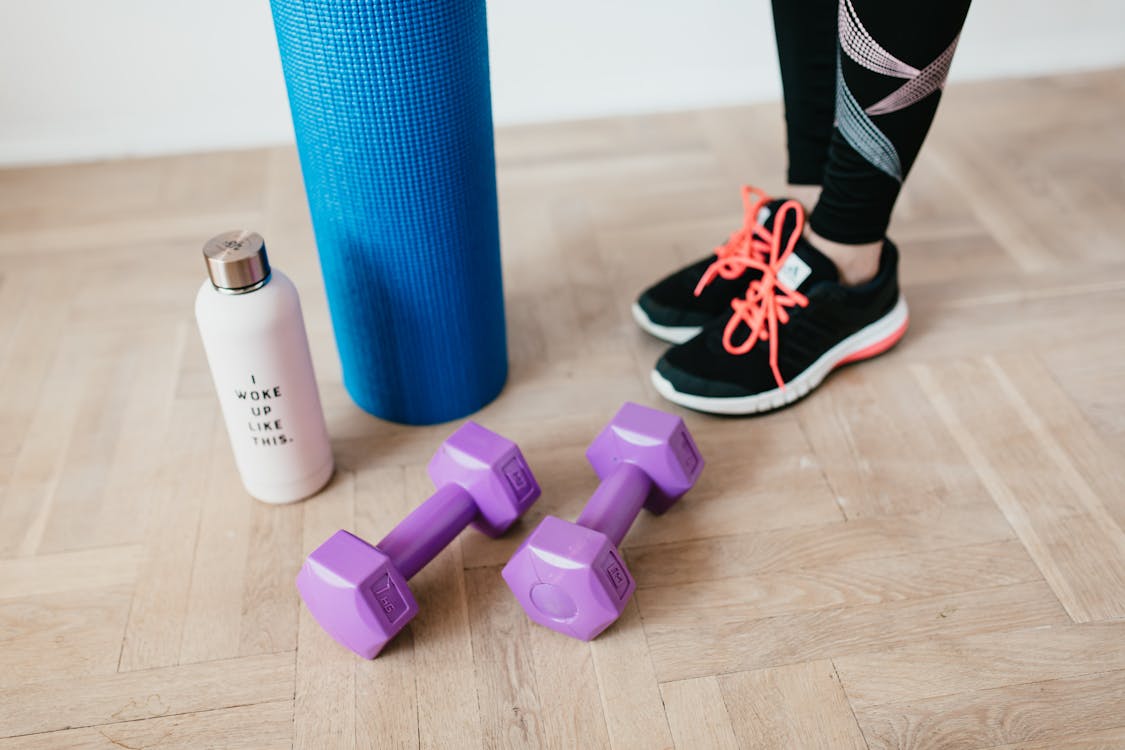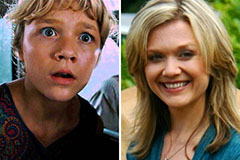
For years, the mantra of "no pain, no gain" echoed throughout fitness centers and storage locker spaces. The focus was all about pushing harder, lifting heavier, and running faster. But recently, a shift has been quietly improving the health and fitness landscape. Recuperation has actually stepped into the spotlight, not as a second thought, yet as an essential component of efficiency and total health and wellness. This isn't almost sleeping more or taking a time off. Healing has advanced right into a structured, science-backed practice that is being welcomed by elite athletes, weekend break warriors, and daily fitness fanatics alike.
What's altered is our understanding of how the body reacts to stress and anxiety. Exercise, nevertheless, is a controlled kind of anxiety. It tests muscle mass, joints, and cardiovascular systems. Without sufficient recovery, however, the body does not have the possibility to restore and strengthen. Instead of adapting, it breaks down. That's where the idea of "rest as the brand-new exercise" obtains energy. Healing isn't idleness. It's technique.
The Science of Getting Stronger While Doing Less
There's an interesting reality that typically goes overlooked in training circles. The majority of gains in stamina, rate, and endurance take place not throughout the workout itself, however during the time after. When we relax, we repair. Muscles rebuild stronger fibers. The nerve system recalibrates. Hormone equilibriums are recovered. This is when the magic takes place. Yet, way too many individuals ignore this crucial window, jumping from one workout to the following without giving their body time to totally gain from the work they've already done.
Today, more people are recognizing that avoiding remainder is actually skipping results. Overtraining can bring about fatigue, irritability, and also injury. By weaving organized recovery into a training program, the risk of burnout is minimized, and the course to lasting progress ends up being much clearer.
Energetic Recovery: Movement With Purpose
Rest doesn't constantly imply not doing anything. In fact, active recuperation has turned into one of the most popular methods to accelerate healing and lower discomfort. Activities such as light strolling, yoga, or mobility-focused workouts help improve blood circulation, lower swelling, and keep the body limber without adding stress. These low-intensity sessions help bridge the gap in between hard training days, providing both mind and muscle mass an opportunity to reenergize.
In clinical setups, approaches like chiropractic trigger point injections are being utilized to handle limited muscle mass groups and release built-up tension. These treatments target specific areas where stress accumulates, helping the body function a lot more easily while also improving blood circulation and series of movement. This technique blends the best of modern scientific research and motion therapy, and it's helping redefine just how we watch "rest" in a physical fitness routine.
Technology's Role in Recovery Innovation
As recuperation gains importance, so too has the modern technology sustaining it. Wearable devices currently keep an eye on heart rate irregularity, sleep patterns, and stress feedbacks to give insight into how well somebody is recovering. Yet beyond the gizmos and data, there are additionally developments in healing interventions that concentrate particularly on recovery and remediation.
One such approach is medical laser treatment, which utilizes focused light energy to promote tissue repair work, decrease inflammation, and accelerate the healing process. This technique has actually been made use of in both sporting activities medication and chronic pain management, offering a non-invasive means to sustain the body's natural healing systems. Its effectiveness has made it a valuable device for those that want to maintain peak performance while minimizing downtime.
Changing the Mindset: Rest Without Guilt
For some, specifically those deeply deep-rooted in hustle culture, reducing can really feel counterproductive. But reframing remainder as an active part of progression alters the entire viewpoint. The mental benefits of remainder are just as substantial as the physical ones. Healing days help control mood, boost focus, and lower the mental exhaustion that can hinder long-term goals.
When individuals begin to watch rest as deliberate rather than passive, they start to experience a new degree of energy and inspiration. It's no more regarding "gaining" rest days with penalty, but regarding integrating them into the rhythm of training as a type of self-esteem. This change can be one of the most empowering adjustments a person makes in their health and wellness trip.
Recuperation Isn't Just for Athletes Anymore
The principles of healing aren't booked for high-performing professional athletes or those recovering from injury. They're just as crucial for office workers with neck and back pain, moms and dads handling day-to-day responsibilities, or any individual browsing physical or psychological stress and anxiety. The rise of recovery has democratized the conversation around rest, turning it into something that everybody can take advantage this website of-- no matter age, health and fitness degree, or way of living.
Provider customized to all natural health, such as sports orthopedic and spine assistance, are helping even more people stop injury and manage persistent conditions with a recovery-focused lens. Whether it's dealing with joint dysfunction, resolving spine placement, or supporting cells repair, the combination of recuperation into health care is creating a much more aggressive model of care that urges avoidance over reaction.
Accepting the New Era of Fitness
As we remain to understand the body's reaction to stress and anxiety and movement, it becomes clear that doing much more isn't constantly the solution. Sometimes, the smartest thing you can do is pay attention, reduce, and allow your body catch up. Recovery is no longer a side note. It's the core technique that's raising wellness outcomes and redefining what it means to be strong.
If you've been pushing non-stop, perhaps it's time to reconsider your rhythm. The future of physical fitness isn't almost exactly how difficult you educate-- it's regarding exactly how well you recuperate. Comply with the blog site for more insights on health and wellness, health, and the developing world of performance scientific research. There's more to discover, and your body will thanks for it.
 Jennifer Grey Then & Now!
Jennifer Grey Then & Now! Ariana Richards Then & Now!
Ariana Richards Then & Now! Marla Sokoloff Then & Now!
Marla Sokoloff Then & Now! Jeri Ryan Then & Now!
Jeri Ryan Then & Now! Teri Hatcher Then & Now!
Teri Hatcher Then & Now!